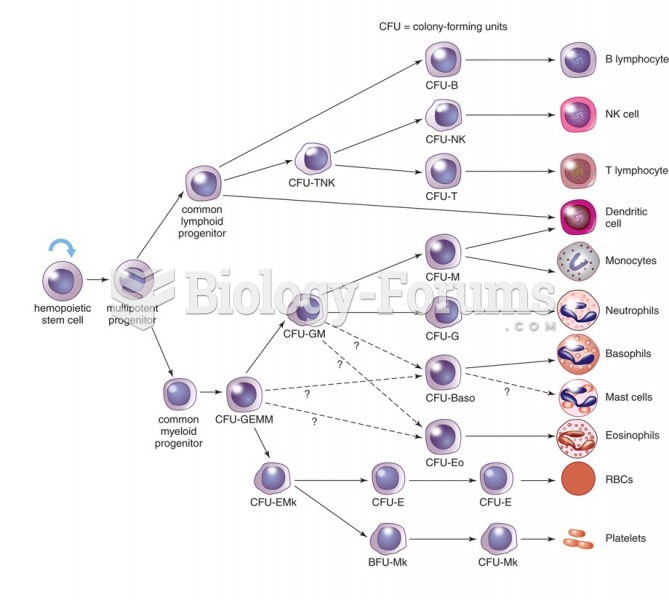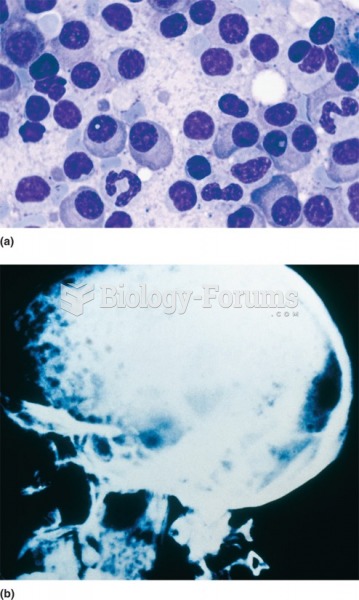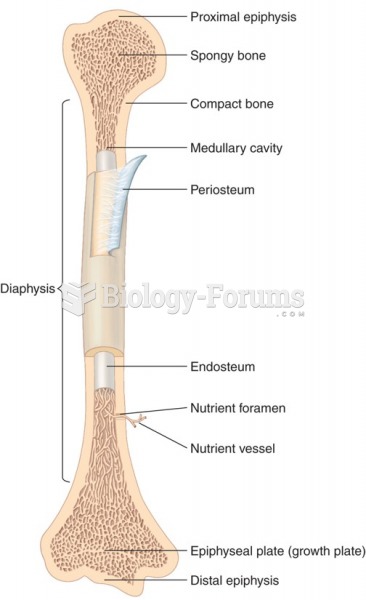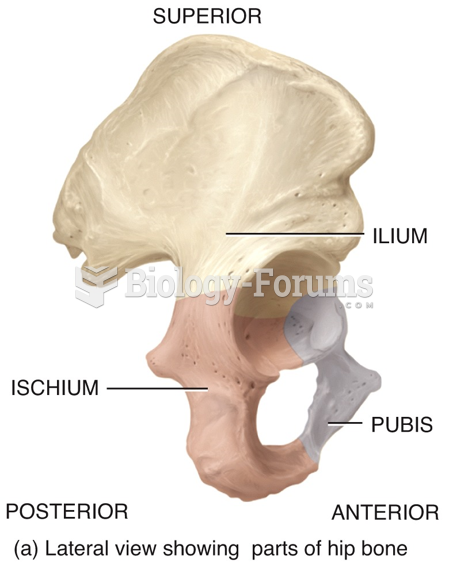|
|
|
To prove that stomach ulcers were caused by bacteria and not by stress, a researcher consumed an entire laboratory beaker full of bacterial culture. After this, he did indeed develop stomach ulcers, and won the Nobel Prize for his discovery.
Cocaine was isolated in 1860 and first used as a local anesthetic in 1884. Its first clinical use was by Sigmund Freud to wean a patient from morphine addiction. The fictional character Sherlock Holmes was supposed to be addicted to cocaine by injection.
Fatal fungal infections may be able to resist newer antifungal drugs. Globally, fungal infections are often fatal due to the lack of access to multiple antifungals, which may be required to be utilized in combination. Single antifungals may not be enough to stop a fungal infection from causing the death of a patient.
There are over 65,000 known species of protozoa. About 10,000 species are parasitic.
Approximately one in four people diagnosed with diabetes will develop foot problems. Of these, about one-third will require lower extremity amputation.
 A simple diagram of bone marrow progenitors. All of the cells listed can be transformed to become a ...
A simple diagram of bone marrow progenitors. All of the cells listed can be transformed to become a ...
 (a) Multiple myeloma: Tumor of plasma cells. (b) Myeloma cells grow within the bone and lesions can ...
(a) Multiple myeloma: Tumor of plasma cells. (b) Myeloma cells grow within the bone and lesions can ...





